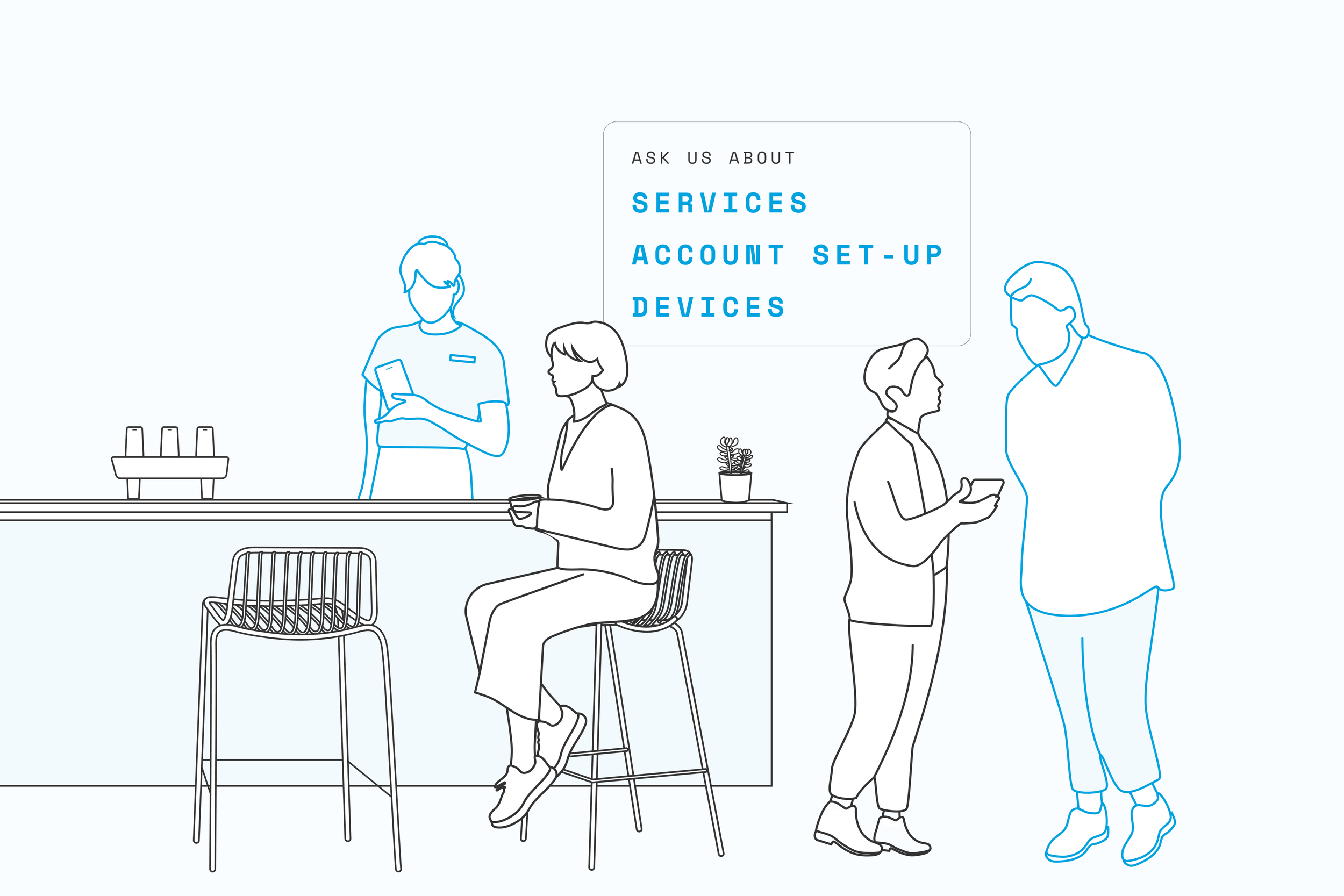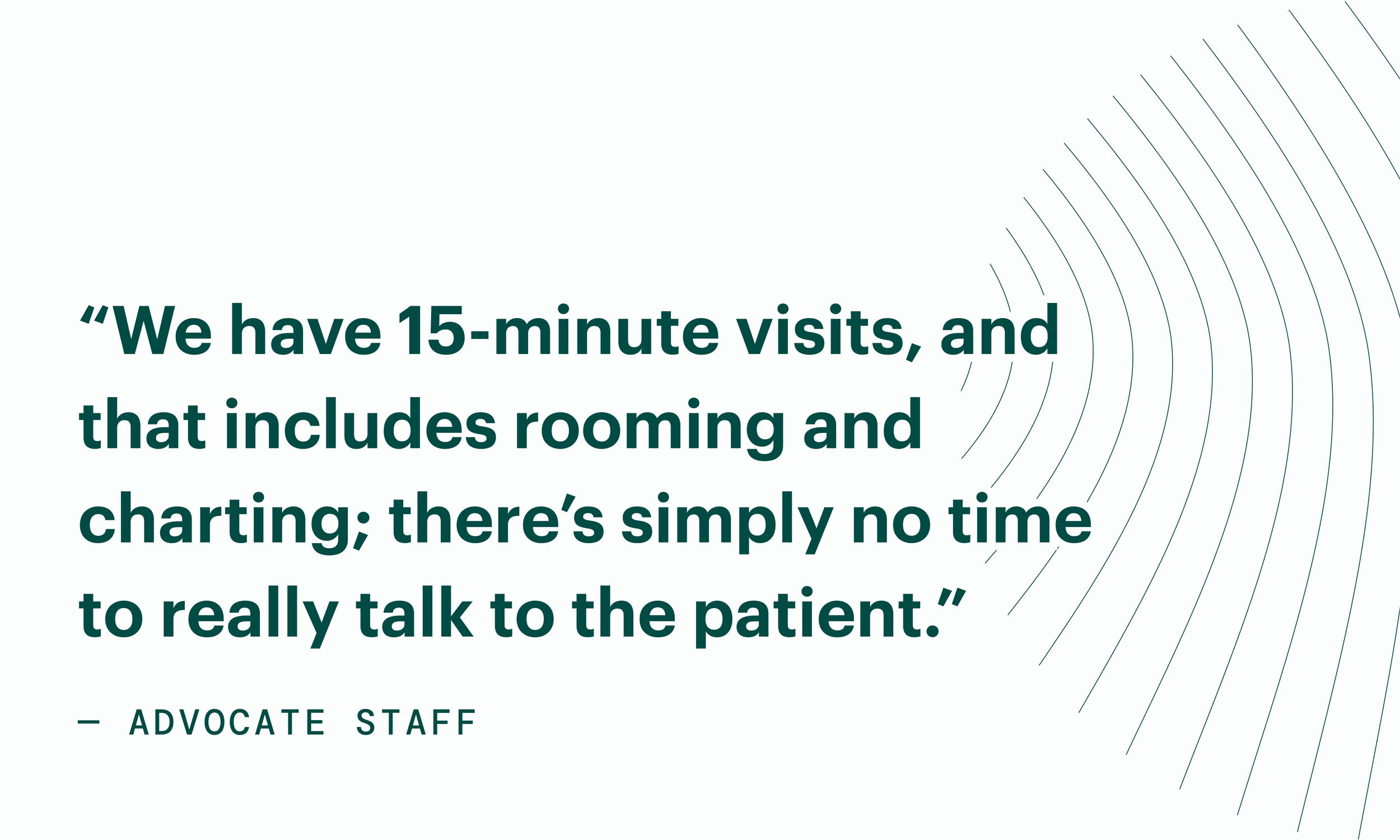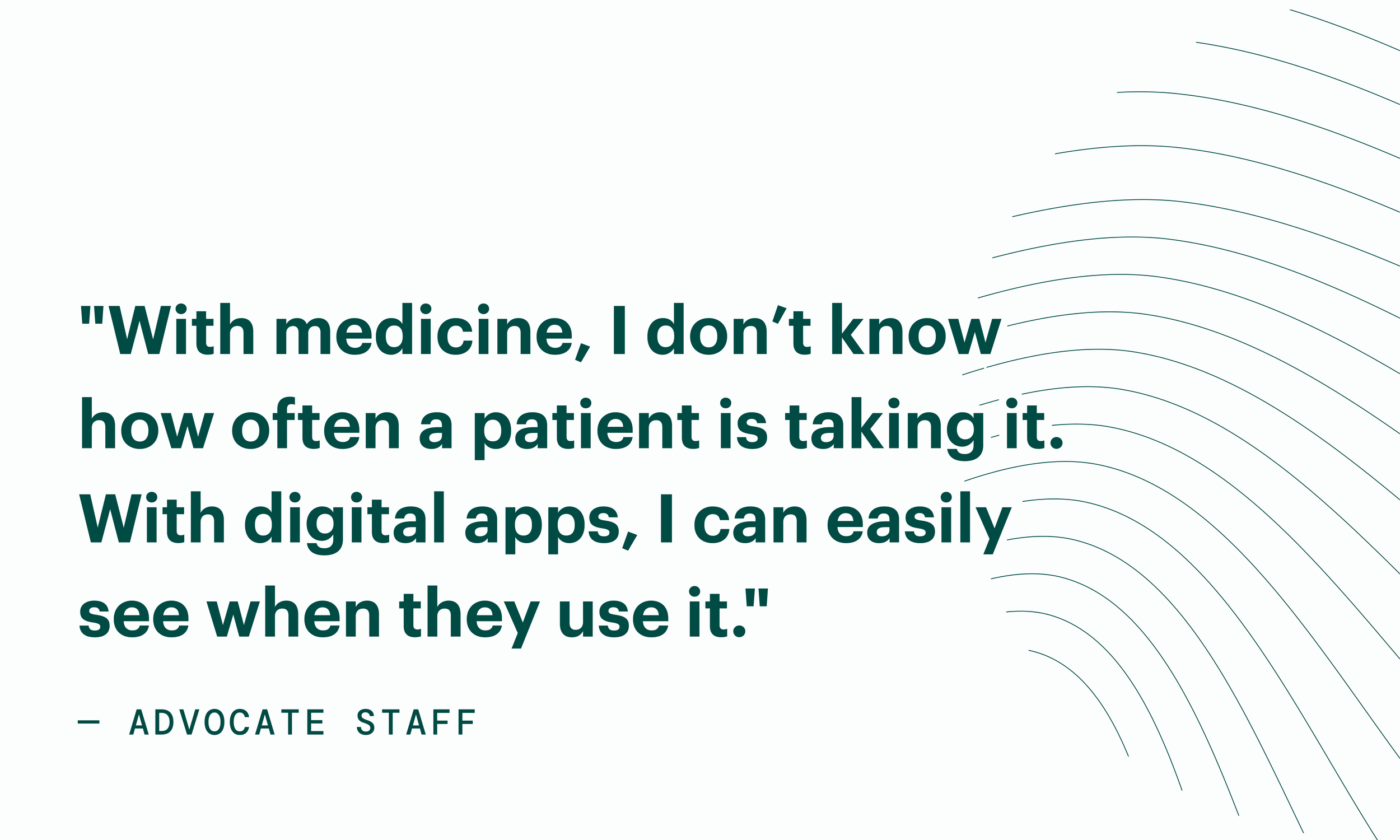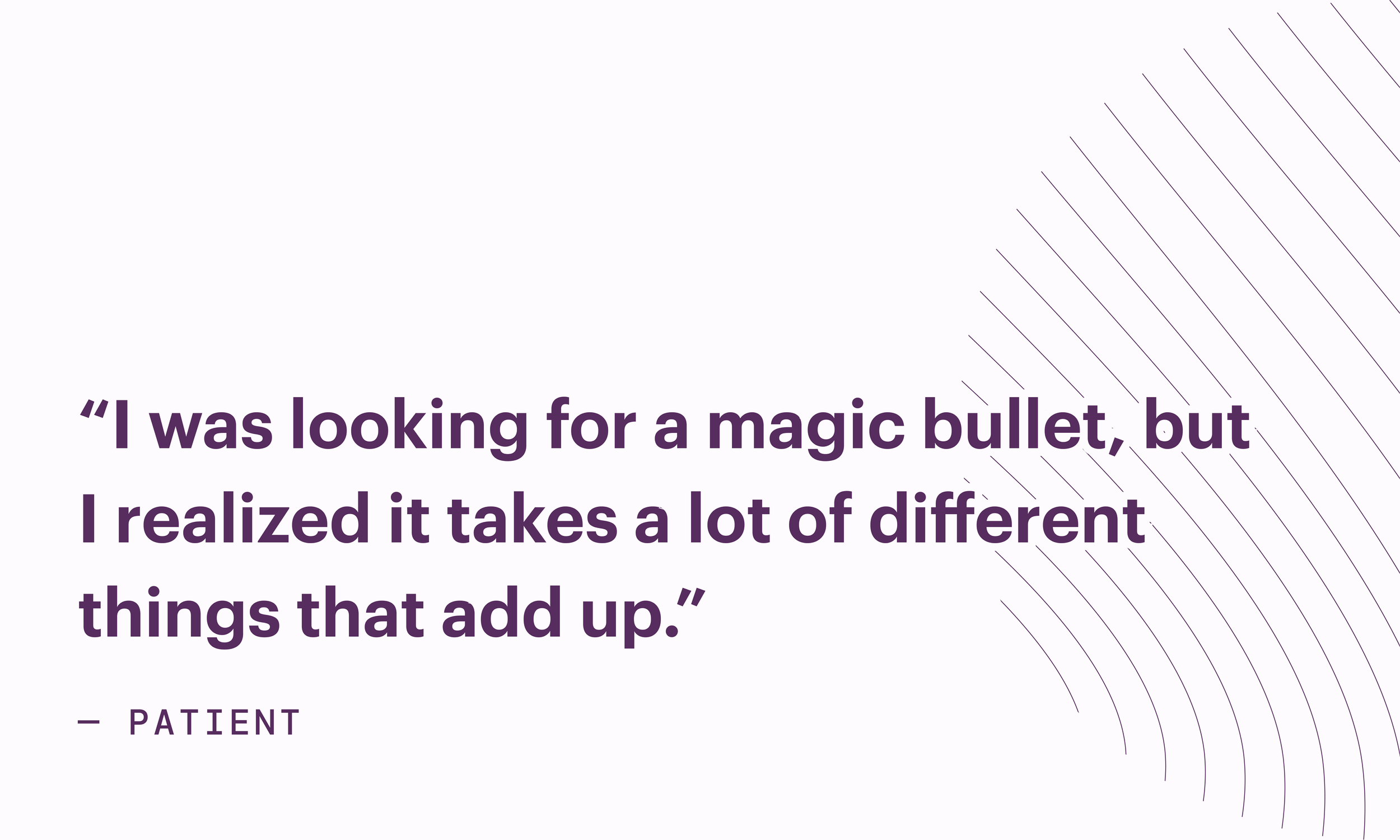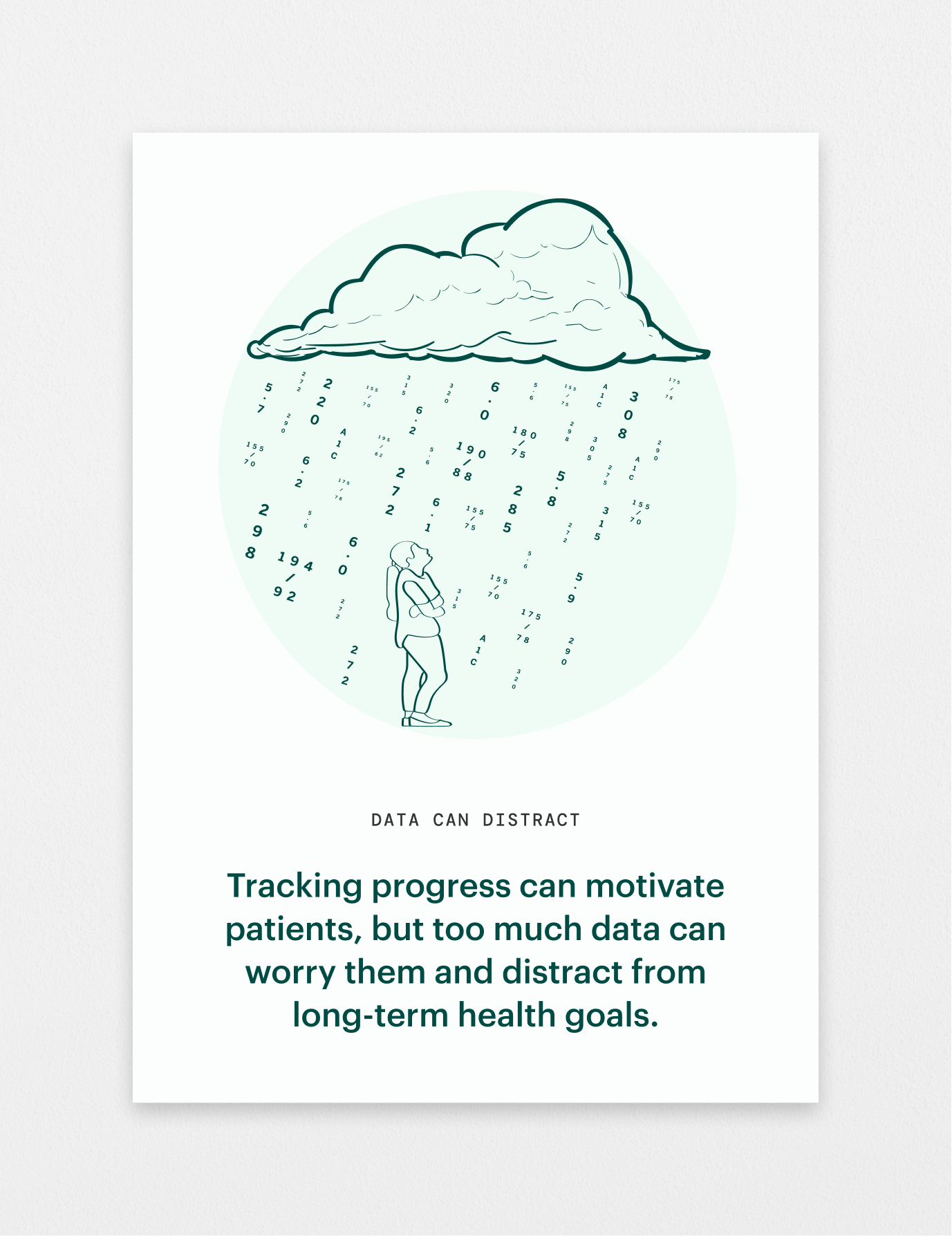Advocate Health
Advancing health equity for chronic disease patients
Project —
Research & Innovation Concepts
Services —
Ethnographic Research
Visual Identity
Illustration
Photography
Project Origins
Advocate Health needed to better serve the needs of chronic disease patients, particularly in low income areas. Ethnographic research provided the means to understand these needs.
Immersing ourselves in the lives of chronic patients, our research team visited the homes of patients across geographies, incomes, and health access. They showed us how lifelong trauma, neighborhood divestment, and improper education conspire to disadvantage even the most privledged patients.
Our project concluded with a wealth of fresh insight, and a series of concepts seeking to improve the outcomes for all chronic patients.
Sacrificial Concepts
As a design research project, we went into the field with ideas for services we thought may be helpful to future patients. To pressure-test them, I produced illustrations that covered: community health, remote patient monitoring, digital therapeutics, and many others.
Our patients showed us the relative usefulness of each idea. They helped us see unnecessary complexity, unintended social consequences, and other nuances that would be invaluable if any of the idea were implemented in the real world.
These concepts were a small portion of our patient interviews. By observing them in their homes and seeing their daily routines, we found many of their unmet needs.
Early Learnings
As more insight was gleamed from their field, we prepared early learnings for the Advocate team. We matched impactful quotes from patients with quotes from stakeholders to highlight not only new opportunities to serve patients, but also where structural forces within healthcare actually conspire to disadvantage patients.
Visual Identity
To invite our team into sensitive subject matter, I developed a visual language to to stay positive about the future, but respectful to the issues patients face. A color palette of greens, blues, and purples would occasionally give way to more vibrant pops of orange. To accompany these colors, I developed a series of fingerprint graphics to remind us of the individual nuance of each patient’s experience.





